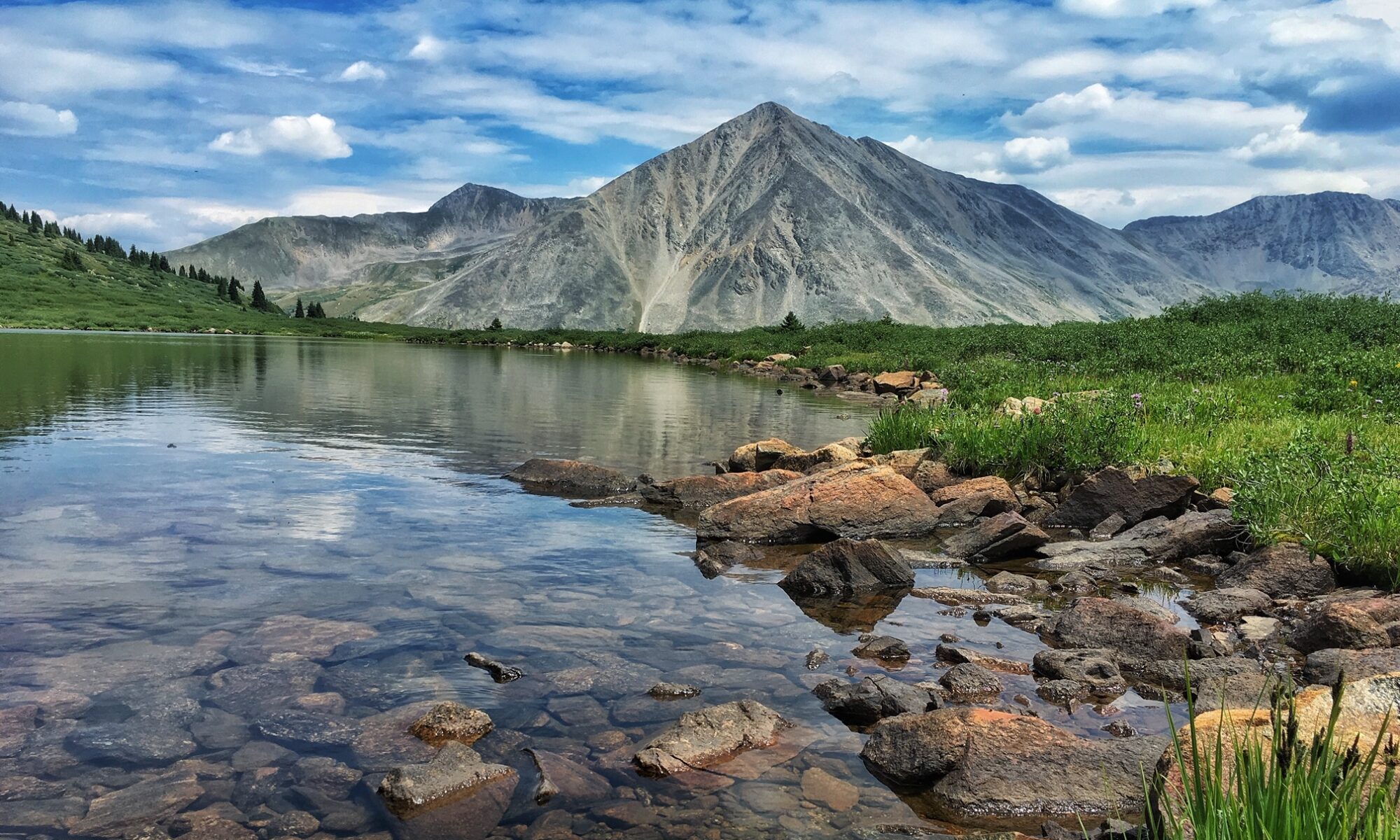Once in a while, my podcast partner, Dave, says something profound. A few years ago, he made this observation over lunch: “You cannot fully experience a present moment; but when you think back on it you experience the moment in full.”
That’s as true about your fly fishing adventures as it is about any other life experience. I spend a lot of time on the Yellowstone and Madison Rivers in my mind, experiencing some tremendous fly fishing days to the full.
The problem is, the details of past experiences fade with time. They also blur together in your mind.
-
Was that day when the snow turned into rain and the rainbows went into a feeding frenzy in April or September?
Did I catch them on a size #18 parachute Adams, or did I have to use a size #20?
Did it happen on the East Gallatin River or on the main Gallatin?
How many rainbows did I land that afternoon?
One solution is to keep track of your fly fishing adventures. Here are a three simple ideas that may help you do this. I list them from less ambitious to more ambitious.
1. Take plenty of photos
This is the easiest way to keep a record, and thanks to smart phones, you can now take photos or videos and post them to Instagram or YouTube. It’s also the most vivid record you can keep. The cliche is true: a picture is worth a thousand words.
Make sure to carry a Ziploc plastic bag to keep your cell phone dry. Make sure, too, that you take pictures of more than the fish you catch. Take photos of the landscape, the best runs you fish, and the grace (or clumsiness) of the casts that your fly fishing partner makes.
2. Keep a fly fishing journal
Sometimes, though, a word is worth a thousand pictures. So consider a fly fishing journal. Buy a cheap notebook or a moleskin notebook that you can throw into your fly fishing bag. Or, simply devote a Microsoft Word file (or Evernote or OneNote or …) to your fly fishing adventures. You can be as literary or as clinical as you want to be. Fly fishers may simply want to record the basics:
-
How many fish I caught,
What patterns and their sizes I used, and
What the weather was like.
Or, you may want to write a more elaborate, literary account of your trip. That’s especially true if you are a writer. I don’t mean a published author. I mean a writer. There is a big difference. A writer-friend of mine in northwest Montana recently tweeted: “You write because there’s fire in your bones. You’ve got to do this whether anybody ever reads it or not.”
If you feel the urge, write about your fly fishing adventures. It’s a great way to re-live them.
3. Create a blog or a Facebook page
This is not for everybody. But a blog or a Facebook page devoted to your fly fishing adventures will allow you to organize your data — photos and writing — and even to share it with others.
Several of our “2 Guys” listeners and readers have shared their webs sites with us, and we have both enjoyed perusing their photos and the articles. Dave and I keep talking about how much we learn from the guides at the fly shops we visit. But we’re also learning a lot from the blogs that some of you maintain. If you’re doing this, keep up the good work. If you’re interested in trying this, go for it. If it’s not for you, you’ll know soon enough.
Facebook, Twitter, Google Plus, and Instagram are free, of course, and many hosted blogs like Word Press are also free.
I’m glad I kept a journal.
Now I can go back and get enough details to jog my memory and spend some time in my mind on the East Gallatin River on that September day when I caught a half dozen 16-inch rainbows out of one run. The rainbows went into a feeding frenzy on blue winged olives, and I caught them on a size #18 parachute Adams.
I’m also glad I remembered Dave’s observation about what it means to live in the moment. I found it in my journal as I was looking for the journal entry about that day on the East Gallatin when the snow turned into rain.



The photo above is Sixteen Mile Creek as it runs under the railroad trestle where a scene from “A River Runs Through It” was filmed.
Truly enjoy your podcast. Started on number 1 and now up to number 45. You mention several times that in rattle snake county you wear waders even in hot weather. How and why is this effective? I live in south central KY where we have both rattlers and and copperheads. During turkey season I wear snakes boots.
Good question … made me have to think a bit.
I think it is mostly because I am lazy and cheap.
My guess is that your snake boots are 100% effective, and waders probably much less so.
However a) I will be wading anyway, b) I want to wade with either real wading boots or wading sandals (if I’m not using waders), and c) I can’t imagine wading with snake boots. So it’s easy to throw on my waders, even though it’s really hot.
Not sure my logic makes sense! Thanks for the comment!
Dave